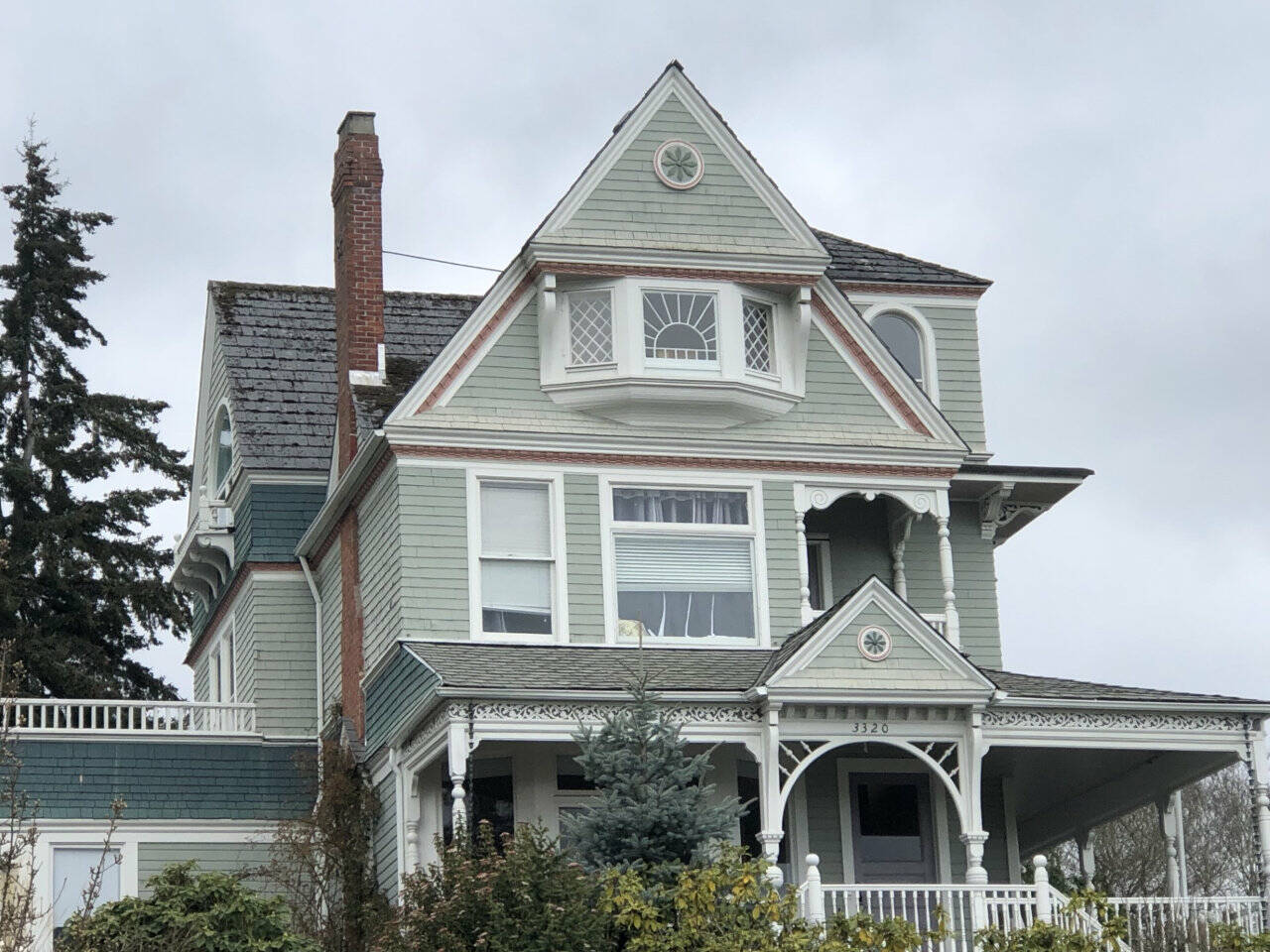I live in one of Tacoma’ older neighborhoods.
Virtually every home for several blocks in every direction was built before 1945. Most of them long before.
One house was built in 1949 — most of the rest were built a decade or two earlier.
Most were built in the late 1920s. A few were built earlier, from about 1904-1912.
And these, besides being solid single-family homes, were built with massive old-growth timbers and made by old-world craftsmen — and many had — and still have — workmanship on the doors, windows and trim that could essentially not, at any price, be copied. Many had stained or leaded glass windows. And almost all of them were big. Some were designed for entertaining, others for large families. Six-to-eight-bedroom homes are not uncommon.
Some of the larger homes with either multiple bedrooms or extra-large bedrooms were converted to apartments during World War II when we had an influx of soldiers and an extreme housing shortage.
Fast forward several decades and, once again, we have an unexpected housing dynamic at work putting pressure on these older homes to respond.
When I first moved to my neighborhood, several of the homes were still owned or occupied by widows or descendants of those families that had them built.
The typical formula was that a professional, or at least someone with a solid income, would have a house built very close to when they got married. They would fill it with kids (who would grow up there) and perhaps an in-law or two would stay in one of the guest rooms (or houses).
The house would be fully used for a few decades and then be an “empty nest” — and then, in many cases, entirely empty.
In my immediate neighborhood, my house was second from the corner, and on each of the four near-by corners stood a good sized 1920s era home occupied by one person — the remaining widow.
As you might guess, each one of the widows hired people to paint, mow and prune around the house.
In every sense, these houses were “home” — and the widows were more than reluctant to leave.
In fact, of my four original widowed neighbors, I don’t think any of them “down-sized”.
Multiple that by thousands more homes in Tacoma, and many millions more across North America, if not the world, and you have yet another plot twist in the housing story that multiple generations need to navigate.
In a rational world, single, older widows should not live in massive homes. And families of four — or more – should not be cramped in tiny one- or two-bedroom apartments.
But that is where we are — at least for a few more years.
Those who live in those homes, for the most part, don’t want to move.
Those older classic homes may be difficult to maintain — but they are impossible to replace.
And young families want those homes.
In a housing market with challenging variables from record high interest rates, expensive prices, and limited inventory, empty-nest Boomers have been reluctant to sell their larger houses, which is making it even hard for younger families to find what used to be called starter homes, according to a report from real estate data firm Redfin.
As housing observers know all too well, the average rate for a 30-year mortgage, the most common type of home loan, is hovering around 6.5%, to 7% according to Freddie Mac — down from nearly 8% last October but still higher than where rates have been for most of the last 15 years.
Median prices for single-family homes rose over 2% year-over-year to $406,900 in the third quarter of 2023, the National Association of Realtors reported.
And right now, nation-wide there are only about 1.5 million homes on the market, a 7% dip from the same time last year.
The numbers bear out the logical, if not necessary, outcome – empty-nest boomers own 28% of large homes (3 or more bedrooms), while millennials with kids own just 14% of them.
Millennial families, for lots of obvious reasons, have difficulty affording large homes in expensive coastal markets, but have found more reasonable (or at least tolerable) markets in Midwestern or smaller cities.
Some observers see a “silver tsunami” — Boomers selling (or dying) on a massive scale. Some see a more nuanced, slow-motion transition.
But either way, and no matter how much boomers might be reluctant to leave behind their treasured family’s homes — no matter what they intend, they won’t keep them forever.
It’s just a matter of time before millennials begin inheriting these homes.
But it’s not just boomers holding onto homes. Anyone who bought a home back when interest rates were low (as in about 3%) will look at interest rates (at best) at around double that.
And as long as interest rates stay high, first-time buyers will be even more hesitant than usual to enter the housing market.
Renters may dislike renting, and especially dislike their rent increases, but their choices become even more limited — if not eliminated entirely — as housing values keep climbing.
There was a time when buying a house was a rite of passage, like getting married. As was holding onto a home, and making it literally a family home, often for generations.
With costs and interest rates at record highs and construction of single-family homes are at record lows, more and more home-owners are locked into their home ownership, and more and more are locked out of home ownership.
Once upon a time home construction was a centerpiece of a stable and flourishing economy. Every home built involved a constellation of plumbers, electricians, roofers and many more across every skill and pay level.
The vast majority of current housing construction is apartments or condominiums — and they tend to be small — most of them are, at most, two bedrooms. Whether living spaces of that size will be appealing to future renters is the ultimate question.
And, yet another unprecedented impact on housing is the dominance of large-scale developers who own vast reaches of identical apartment complexes. As the market shifts, or stagnates, the repercussions will linger across our landscape for generations.






